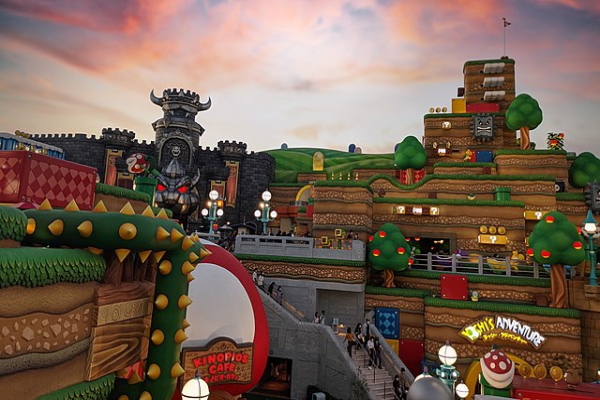
People would often ride again to improve their scores and to see the other endings. If you had an exceptional score, there was even a third possible finale room experience to be seen.Īdding a score-based merit ending concept made the ride exceptionally popular with guests. But score better and your ride vehicle would enter an additional scene for a different ending. Score poorly and the ride would end one way. The finale of the ride itself changed based on the shooting skills of the riders. Perhaps one of the most interesting creations from this era was a unique concept that opened at Walibi Belgium called Challenge of Tutankhamon. For example, Toy Story Midway Mania, Men In Black: Alien Attack and a virtual army of Ghost Blasters / Boo Blasters dark rides from Sally Dark Rides. Since then, several popular interactive dark rides have been built in parks all across the world. This armed guests with a gun that shot infra-red beams of lights at targets spread out throughout the ride. The actual first interactive dark ride experience is said to be a ride called El Paso that opened ten years earlier at Bobbejaanland. Many think that Disney’s Buzz Lightyear Space Ranger Spin that opened at Walt Disney World in 1998 was the first “interactive” dark ride experience. At this point the game was on, so to speak.įrom here, the idea of gamifying theme parks by giving riders on a dark ride a shooting gallery style experience was a mark of genius. These allow guests on dry land to drop money into a slot and time it just right so that a geyser of water would trigger and soak the riders in a passing boat on a water ride. Many theme parks decided to add pay-to-play interactive water geyser effects to their water rides. While few shooting galleries remain at theme parks, I always found it ironic that the concept was modernized in the late 80s and beyond. Later, the Safari Shooting Gallery in Adventureland and the Frontierland Shootin’ Exposition were added. There was one on Main Street USA that opened with the park in 1955. Here, hitting a target would trigger a variety of special effects as a response.Įarly Disneyland guests will remember that the park once had a variety of themed shooting galleries in the park.

Mainly they were limited to attractions such as themed shooting galleries. Moments of interactivity were few and far between at this point.

active experiencesįrom there, designers focused on attractions with a passive guest experience, where guests are seated and taken for a ride. However, over time the popularity of such physical experiences either faded or were forced out of existence by injured guests willing to file lawsuits. Various gags were invented to make guests stumble or even fall while trying to travel through rotating barrels, walk across a spinning floor, climb stairs that moved under their feet, or bump face-first into the wall of a mirror maze.

These were designed to throw the guests off balance. Perhaps one of the earliest examples of interactivity in this sector was the addition of physically challenging obstacles to funhouse attractions.


 0 kommentar(er)
0 kommentar(er)
